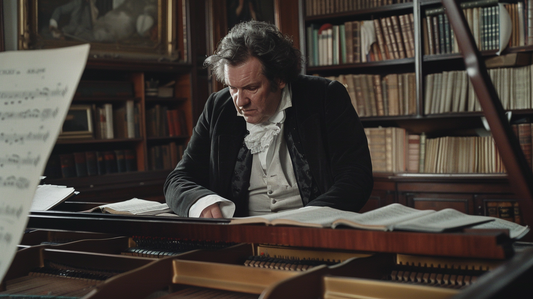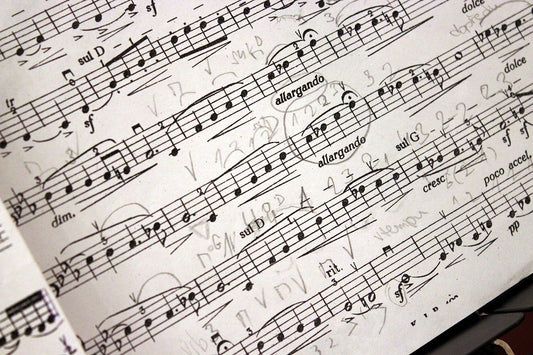DSP: Room correction
by Paul McGowan
I think we've walked through the explanation of what Digital Signal Processing (DSP) is: a digital version of a tone control, in its simplest form, and a remarkably powerful audio tool, in its more complex form. Think of digital vs. analog signal processing in the same way you might compare old film-based special effects vs. modern computer generated graphics. A good example might be the difference between Roddenberry's original television version of Star Trek–its space ships, transporter beams and monsters now laughable–compared to J.J. Abram's modern Star Trek that looks real enough we no longer question the look. That's the difference between analog EQ and DSP's potential.
And at this point let me say something. No, we are not planning on coming out with a DSP based product in the near or even mid-term. Every time I bring up one of these subjects readers suspect it's code for launching a new product - and well, I am occasionally guilty of such things - just not this time.
So, with the knowledge that DSP is uber powerful, what are the things one might do with all this horsepower? I think what floated designer's boats first was room correction. Room correction has been somewhat the holy grail for years - fixing how the speakers interacted with the room- and most speakers do not play nice with the room.
Finally, designers were offered a chance to fix the speakers AND the room, all in one swell foop. Only, as this story progresses we'll start to see how the promise of perfection turns a little sour.
The idea of fixing one problem, the room, by changing the performance of another, the speaker, is full of pitfalls and traps.
- Choosing a selection results in a full page refresh.
- Opens in a new window.








